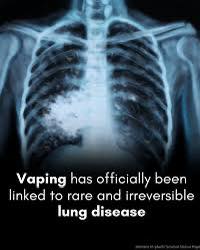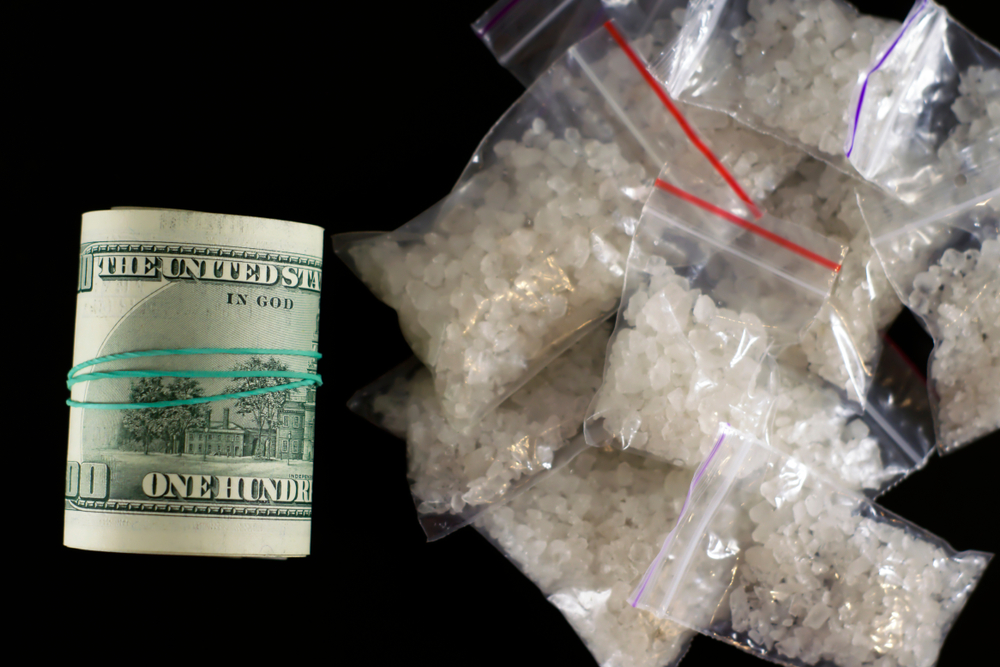Your cart is currently empty!


In the early 2010s, E-cigarettes and vapes became a global phenomenon. Marketed as a safer alternative to smoking, vaping products quickly gained popularity—especially among young adults and teens. However, as research catches up, the truth about vaping’s long-term health effects is finally coming to light.
The Rise of Vaping: From Trend to Health Concern
What started as a “healthier alternative” to traditional cigarettes has now proven to be a serious health risk. Within just a few years of consistent use, doctors and scientists began noticing unusual and severe lung conditions among vape users.
By 2025, vaping has been officially linked to a rare and irreversible lung disease known as “popcorn lung” (bronchiolitis obliterans). This condition permanently damages the small airways in the lungs, leading to wheezing, chronic coughing, shortness of breath, and lung scarring.
What Is Popcorn Lung?
“Popcorn lung” gets its name from a disease once found in workers at a microwave popcorn factory exposed to diacetyl, a chemical used for buttery flavoring. Many vape juices have been found to contain diacetyl or similar compounds, even in small amounts. Over time, inhaling these substances can cause severe inflammation and scarring inside the lungs—damage that cannot be reversed.
Symptoms often include:
- Persistent coughing or wheezing
- Shortness of breath during physical activity
- Fatigue and chest tightness
- Chronic respiratory irritation
Shockingly, these effects can begin within just 2–3 years of regular vaping.
Why Vaping Isn’t a Safe Alternative
Although vaping devices don’t contain tobacco, they do expose users to nicotine, heavy metals, ultrafine particles, and chemical flavorings that harm lung tissue and blood vessels. Health experts now warn that vaping can cause lung damage comparable to cigarette smoking, with additional risks still being discovered.
Many users continue to vape under the belief that it’s “harmless water vapor,” but the evidence now clearly shows otherwise. Both vaping and smoking lead to long-term respiratory and cardiovascular damage.
Can the Damage Be Reversed?
Unfortunately, once scarring and inflammation occur in the lungs, the condition is permanent. However, quitting vaping can prevent further progression of the disease.
To support lung health and recovery, doctors recommend:
- Eating leafy greens and antioxidant-rich foods such as broccoli, tomatoes, and pumpkin
- Staying hydrated and avoiding air pollutants
- Engaging in light cardio exercises (if approved by a physician)
- Seeking medical advice for early symptoms of coughing or wheezing
While no food or supplement can completely heal popcorn lung, lifestyle changes can improve breathing and overall wellness.
A Final Word: Leave Vaping in the Past
The vaping trend may be here to stay, but your health doesn’t have to suffer because of it. The facts are out there—vaping can cause irreversible lung disease, even in young and otherwise healthy individuals.
If you or someone you know is struggling to quit vaping, free help is available through the SmokeFree.gov program and the National Quitline (1-800-QUIT-NOW). Taking action today can protect your lungs—and your life—for years to come.





